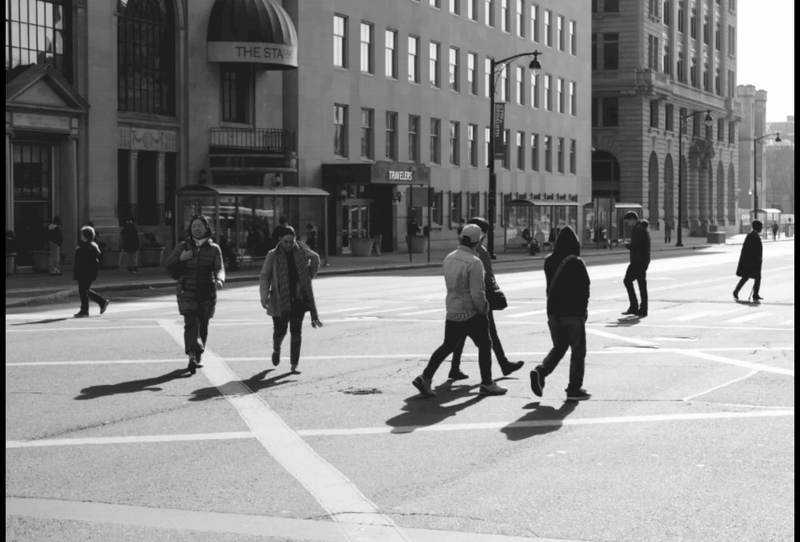Precision-Driven Image Annotation Services
5+
1500+
100%
99%
24X7
Our Image Annotation Tools and Techniques
We offer specialized image annotation services, utilizing advanced techniques to deliver precise and efficient results for object detection, segmentation, and AI-driven applications.
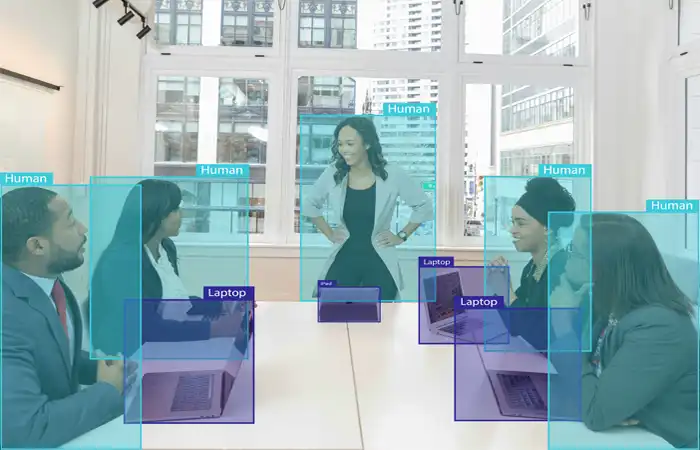
Bounding Box Annotation (2D & 3D)

We offer precise 2D bounding box annotation for identifying objects in flat images and 3D bounding box annotation for spatial environments. These annotations are critical for applications like object detection, autonomous vehicles, and robotics, ensuring accurate recognition.
Polygon Image Annotation


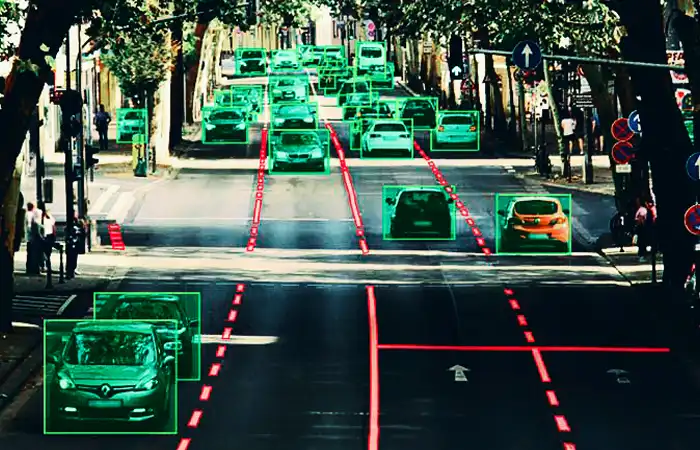
Polyline Annotation

Polyline annotation is ideal for annotating linear objects or paths, such as roads or pipelines. This technique helps in applications like semantic segmentation and object boundary identification, where defining boundaries and edges is essential for accurate AI-driven solutions.
Image Classification
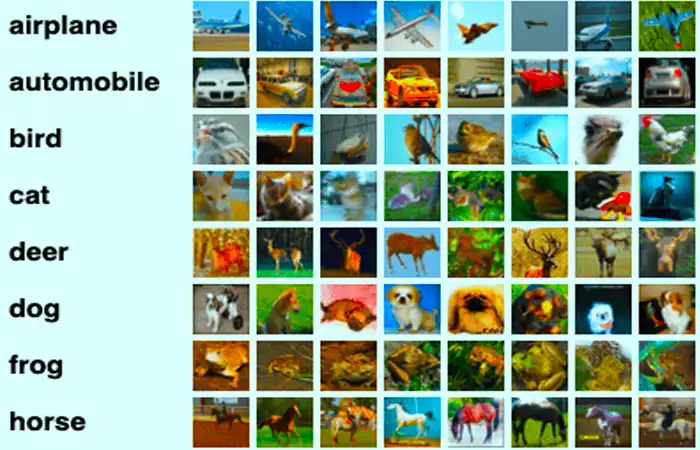


Object Detection

Object detection helps identify and locate objects within an image by drawing boxes or polygons around them. It’s essential for real-time applications like surveillance, autonomous driving, and inventory management, allowing AI to understand and react to objects in its environment.
Segmentation Techniques
Semantic Image Segmentation


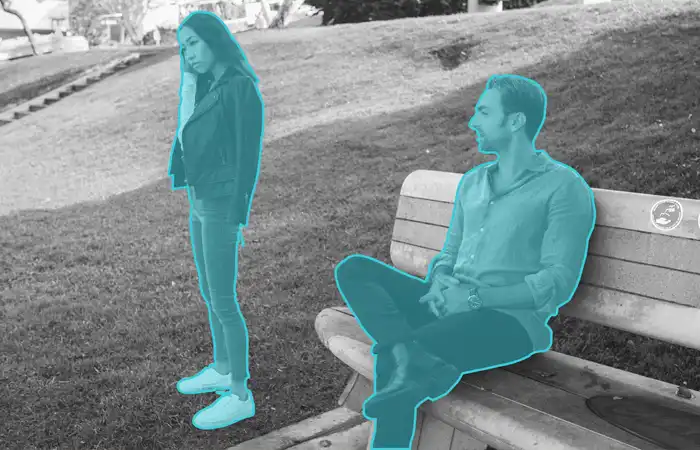
Instance Segmentation

Instance segmentation takes segmentation a step further by distinguishing between individual objects within the same class. This technique helps in object tracking, counting multiple instances of objects, and providing pixel-level precision for complex environments, like crowded spaces or dynamic scenes.
3D Image Annotation



3D Object Detection and Segmentation

Our 3D object detection and 3D segmentation services provide spatial insights into 3D environments, enabling more accurate object recognition and analysis in real-time. This is used in fields like robotics, autonomous vehicles, and drone navigation, where understanding the 3D world is essential.
Advanced Segmentation for AI Development
Instance Segmentation in Deep Learning
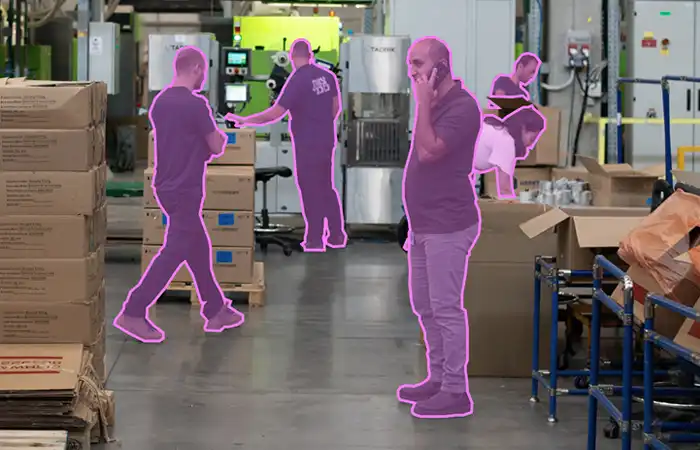


Spatial Mapping

Specialized Annotation for Advanced AI Applications
Facial Landmark Annotation
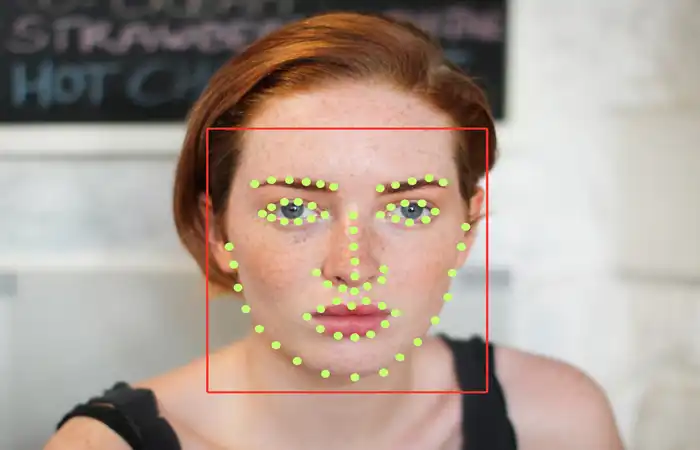


Human Pose Estimation

Human pose estimation involves annotating the positions of human body joints in both 2D and 3D, essential for applications in fitness tracking, motion capture, sports analytics, and security. This technique allows AI to track human movement and understand behavior across different environments.
Emotion Recognition


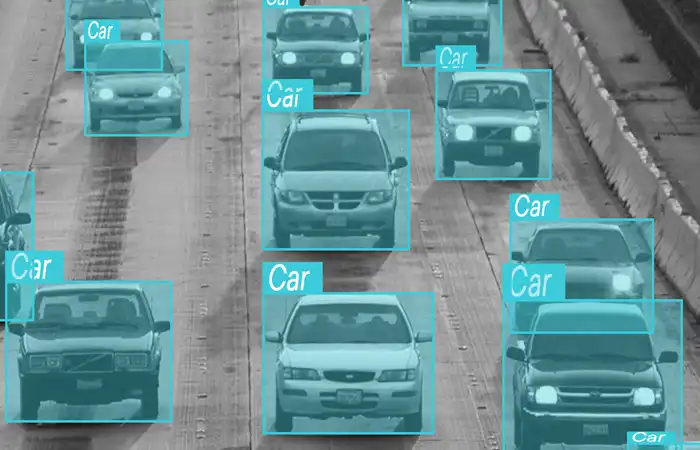
Vehicle Detection

Our vehicle detection services enable accurate identification of vehicles in images, a critical task for autonomous driving and traffic monitoring. We also provide 3D vehicle detection, which helps AI systems to understand the spatial positioning of vehicles, enhancing safety and navigation.
Which Industry Use Image Annotation Services

Automotive
In the automotive industry, image annotation supports autonomous driving by labeling objects like vehicles, pedestrians, and road signs. This enables AI systems to understand their environment, improving safety and navigation in self-driving cars.
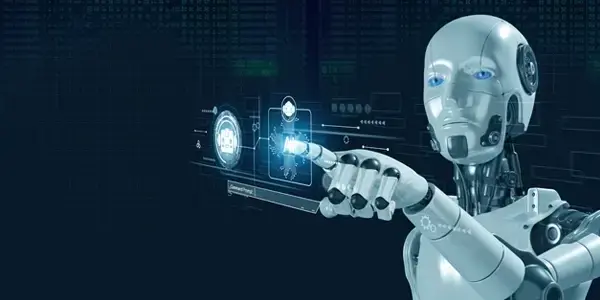
Security
In security, image annotation is crucial for surveillance systems to identify objects, vehicles, or people. Annotating surveillance footage helps in real-time monitoring, threat detection, and event analysis, ensuring public safety and security.

Healthcare
In healthcare, image annotation is used to label medical scans like MRIs and X-rays, assisting in disease detection, improving diagnostic accuracy, and ensuring compliance with medical standards for better patient care.

Agriculture
In agriculture, image annotation aids in labeling satellite or drone images for tasks like crop monitoring, pest detection, and yield prediction. This helps farmers make informed decisions for resource management and crop health optimization.

Ecommerce
For ecommerce platforms, image annotation helps in tagging and categorizing product images, making it easier for customers to search, improving product discovery, and enhancing inventory management for a smoother online shopping experience.

Manufacturing
In manufacturing, image annotation helps with quality control by labeling product defects or assembly issues. This ensures defect-free production, optimizing automation systems and improving product consistency and safety.
Why Choose Us
Quality With Accuracy
Customized Solutions
Cost-effective Pricing
Frequently Asked Question
Image annotation involves labeling images to train AI models, enabling them to recognize and interpret visual data accurately.
It helps AI systems learn to recognize objects and patterns, improving accuracy in applications like object detection and autonomous driving.
Types include bounding box, polygon, semantic segmentation, and instance segmentation, each serving specific AI and computer vision tasks.
Industries like healthcare, automotive, ecommerce, security, and agriculture use image annotation for tasks such as medical imaging, autonomous driving, and product tagging.
Bounding box annotations involve drawing rectangular boxes around objects to identify and classify them, commonly used in object detection.
In healthcare, image annotation helps label medical scans, aiding in disease detection, diagnosis, and improving clinical decision-making.
Semantic segmentation labels each pixel in an image with a class, crucial for tasks requiring pixel-level precision, like autonomous driving and medical imaging.
Annotation time depends on the complexity of the task, ranging from minutes for simple tasks to hours for detailed ones like semantic segmentation.
Automation can assist with image annotation but manual oversight is needed to ensure high accuracy and consistency in complex tasks.
Instance segmentation identifies and separates individual objects of the same class, crucial for tasks like object tracking and handling overlapping objects.

